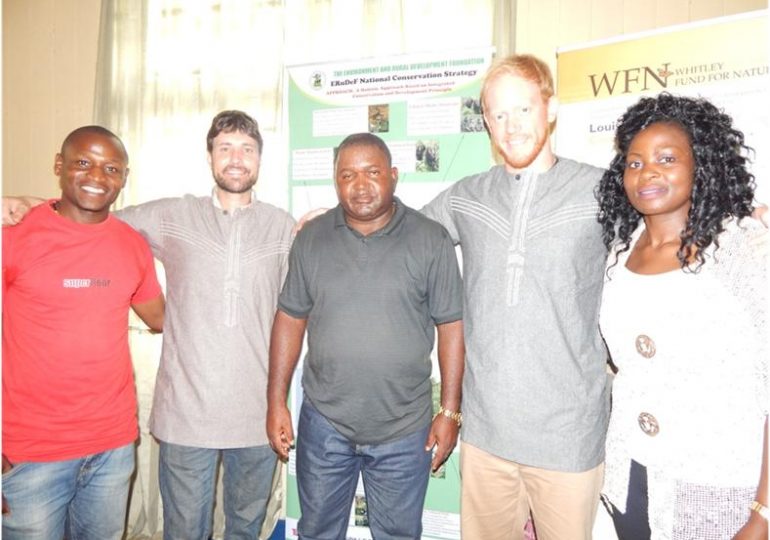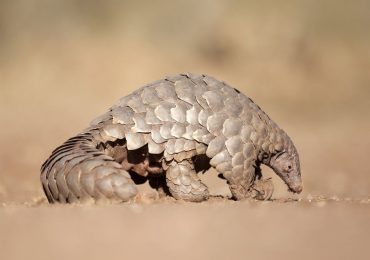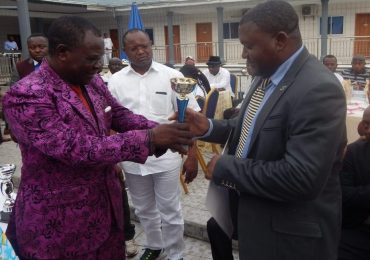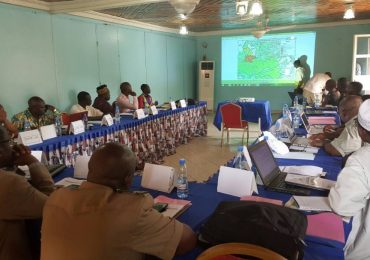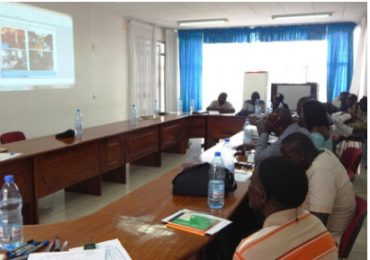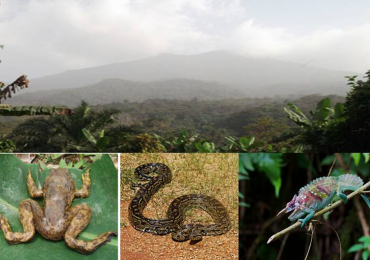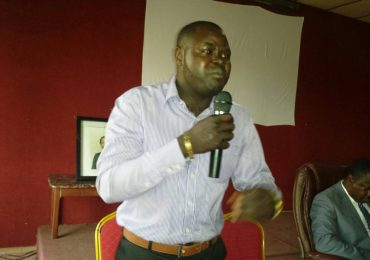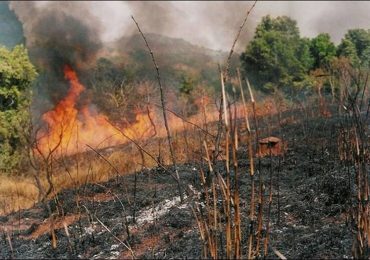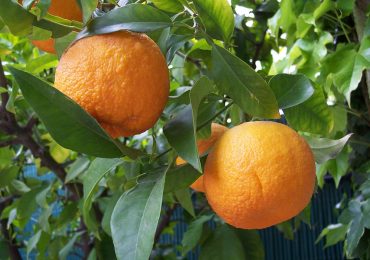
On November 14, 2015, two Ethiopian Airways planes landed at the Douala International Airport in Cameroon. Gabriel Buttram, based in East Africa arrived at 11:35 am and Curtis Mac Coy’s plane touched down at 5:35 pm. Both men are partners of Trees for the Future (TFTF) USA. Buttram and Mac Coy had come to monitor and evaluate some TFTF project sites in the Southwest, Littoral, West and Northwest Regions.
By Blaise Jumbam
It all started with the humble but versatile agroforestry species – Acacia, Leuceana, Prunus africana, Tephoriosa, and Moringa. But eight years on, the impact of agroforestry practice is leaping off the farms. Bananas, plantains, beans, and maize are just the top of the pile of crops whose yields have improved immensely.

Testament to the power of the agro-forestry practice is the fact that Shu Neba Joram decided to join the project four years ago. Shu Neba’s crop yields increased so well that his income rose from 150,000 francs CFA to 350,000 francs CFA.
Shu Neba, a farmer in Mambu, Bafut Sub-division, Mezam Division, in the Northwest, says he has witnessed a great change in the income he and his family generate from a 0.8 hectare of land by their house.

Nitcheu Jean-Baptiste in the Upper Nkam Division in the West Region says his participation in the agroforestry program with TFTF since 2008 has greatly improved on the nutritional and income levels of his family.
Today, Nitcheu uses part of the money generated from his farm to pay his children’s school fees. Chief Hountcheu II of Banfeko lauded Nitcheu’s efforts and expressed interest in the agroforestry program.
Chief Hountcheu II said Jean-Baptiste is very important to his community as far as building the capacity of youths in agroforestry is concerned.

Ngakan Emmanuel, another farmer in Bakassa, a neighbouring village to Banfeko, has intensified agroforestry practice in his 20m x 10m piece of land.
Ngakan has been in the program for close to three years and cultivates maize, beans and other crops in rotation, but sometimes mixed. This year he planted red climbing beans and used stakes of Acacia for his crop.
“I have harvested two buckets of peeled beans that gave me approximately 24,000 francs CFA. I retailed the beans as the commodity is very scarce in the market and happens to be one of the staples of the area,” Ngakan said.

In Bamboutos, Mbu Thomas, has demonstrated that besides the use of the agroforestry species as an apiary, he also uses Acacia leaves to fertilize banana and plantain suckers.
“The banana and plantain suckers I grow with fertilizer from the

agroforestry species produce larger and healthier fruits than usual. The bananas and plantains also produce more plantlets than those grown without using agroforestry species,” Mbu observes.


